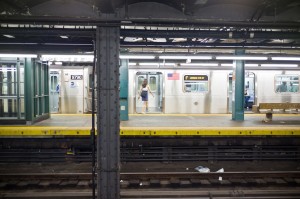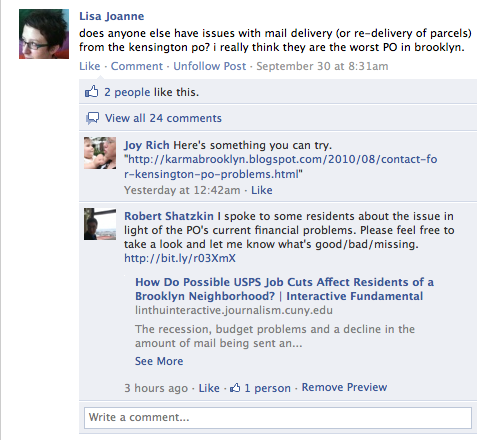In reports and articles about the economy we tend to focus on the unemployed and the underemployed. But with a scarcity of jobs on the market and a surplus of workers looking to fill them, keeping a job once you get one is critical.
A June article from Business Insider listed absenteeism and bad time keeping as the #4 most common reason that employees are fired.
As part of the MTA’s Viaduct Rehabilitation Project, a series of repairs that will continue through fall 2012, service on the F and G subway lines have been repeatedly disrupted throughout Brooklyn. One area in particular that depends on these two lines for service to and from Manhattan is Kensington. On Thursday morning I spoke to several commuters waiting for the trains that would take them to work. I wanted to find out just how much issues with train service affected their daily commutes.
Laura, 26, from Kensington on how train delays cause her frequent problems:
[audio:http://cdn.journalism.cuny.edu/blogs.dir/383/files/2011/10/Commuting_Laura.mp3|titles=Commuting_Laura]Nancy, 51, discusses how she’s learned to pass the time during her long commute:
[audio:http://cdn.journalism.cuny.edu/blogs.dir/383/files/2011/10/Commuting_Nancy.mp3|titles=Commuting_Nancy]Phillip, 47, from Flatbush is pretty forgiving of the MTA despite the occasional strain on his commuting time:
[audio:http://cdn.journalism.cuny.edu/blogs.dir/383/files/2011/10/Commuting-Phillip.mp3|titles=Commuting Phillip]Natural sound from the Subway platform:
[audio:http://cdn.journalism.cuny.edu/blogs.dir/383/files/2011/10/Commuting-Natsound.mp3|titles=Commuting Natsound]















